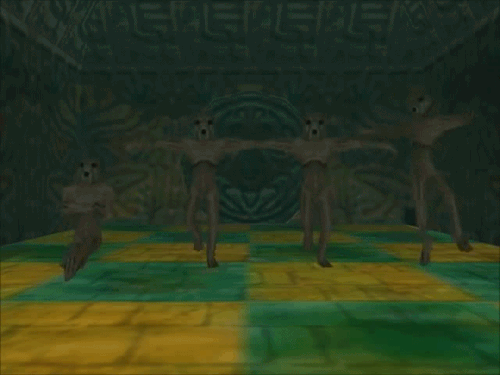
Mission to Planet Earth (MTPE) is NASA's concept for an international science program to produce the understanding needed to predict changes in the Earth's environment. Increased understanding of the earth system is a basic human responsibility, a prerequisite to informed management of the planet's resources and to the preservation of the global environment.
Kepler glimpses population freefloating archive#
A sophisticated data system will process and archive an unprecedented amount of information about the earth and how it works as a system. NASA and its interagency and international partners will place satellites carrying advanced sensors in strategic earth orbits to gather multidisciplinary data. Mission to Planet Earth (MTPE) is NASA's concept for an international science program to produce the understanding needed to predict changes in the earth's environment. International Nuclear Information System (INIS) The resulting mean density of the planet is 5.57 g cm(-3), which is similar to that of the Earth. Here we report that the mass of this planet is 1.86 Earth masses. Recently, the planet Kepler-78b was discovered(8) and found to have a radius of only 1.16R(circle plus). Pepe, Francesco Cameron, Andrew Collier Latham, David W. The resulting mean density of the planet is 5.57 g cm(-3), which is similar to that of the Earth and implies a composition of iron and rock.Īn Earth-sized planet with an Earth-like density Recently, the planet Kepler-78b was discovered and found to have a radius of only 1.16 R Earth symbol.

The smallest planets for which masses have been accurately determined are Kepler-10b (1.42 R Earth symbol) and Kepler-36b (1.49 R Earth symbol), which are both significantly larger than the Earth. Because these studies were sensitive to the sizes of the planets but not their masses, the question remains whether these Earth-sized planets are indeed similar to the Earth in bulk composition. Recent analyses of data from the NASA Kepler spacecraft have established that planets with radii within 25 per cent of the Earth's (R Earth symbol) are commonplace throughout the Galaxy, orbiting at least 16.5 per cent of Sun-like stars. Pepe, Francesco Cameron, Andrew Collier Latham, David W Molinari, Emilio Udry, Stéphane Bonomo, Aldo S Buchhave, Lars A Charbonneau, David Cosentino, Rosario Dressing, Courtney D Dumusque, Xavier Figueira, Pedro Fiorenzano, Aldo F M Gettel, Sara Harutyunyan, Avet Haywood, Raphaëlle D Horne, Keith Lopez-Morales, Mercedes Lovis, Christophe Malavolta, Luca Mayor, Michel Micela, Giusi Motalebi, Fatemeh Nascimbeni, Valerio Phillips, David Piotto, Giampaolo Pollacco, Don Queloz, Didier Rice, Ken Sasselov, Dimitar Ségransan, Damien Sozzetti, Alessandro Szentgyorgyi, Andrew Watson, Christopher A

See Letter p.204Īn Earth-sized planet with an Earth-like density.

The small size and proximity of the associated star bode well for studies of the planet's atmosphere. Astronomy: A small star with an Earth-like planetĪ rocky planet close in size to Earth has been discovered in the cosmic vicinity of our Sun.


 0 kommentar(er)
0 kommentar(er)
